There’s been a lot on the news recently about the supposed death of British manufacturing. While there can be no doubt that new car production has taken a heavy blow, and the recent collapse of UK ‘gigafactory’ Britishvolt was a shock, it is a fallacy to say that there isn’t any domestic innovation or production.
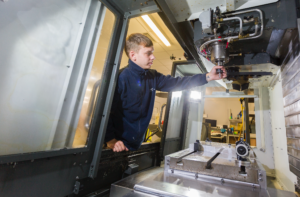
Indeed, the UK arm of Standard Motor Products Europe (SMPE) has invited us in to prove this point, and to show us that it has an eye on the next generation of motoring with a planned new range of EV specific components which will be produced to an extent in house.
On that point, you’ve probably noticed that electric vehicles can be found on every street corner these days. However, far less common are spare parts for EVs. Specifically, aftermarket parts common only to the new battery-powered vehicles, such as inverters and heat exchangers are difficult to obtain outside of the dealer network. Part of the reason for this is that it is difficult and time consuming to find out the values of the components used, which isn’t something that can always be discovered by conventional reverse engineering. The volume required of such parts is also currently very low, although with the numbers of the new cars being registered each month, demand can only increase, and never a firm to miss a trend, SMPE has been in touch with specialist garages and industry associations to gauge the likely demand for certain part numbers.
“We can ‘get involved’ with all of the parts of SMPE”, explained R&D Engineer, Daniel Cox. “We’ve got design engineers and we have an electrical team. We’re able to make our own circuit boards and we’re capable in terms of ‘pick and place’ of components, so if we want to make something bespoke to an EV, we can”.
Cox stressed that the EV line-up is not ready for launch yet; “It will probably be six to 12 months before we have them in range,” he explained. “It is relatively early days. From the R&D side, we need more information on what components are failing and once the parts are developed we need to test them, and then form a plan on how we are going to distribute them”.
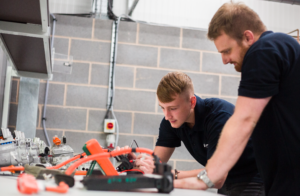
Parts in development are things like replacement electric A/C pumps for the Renault Zoe, items that require custom circuits that will complement SMPE’s existing range which includes air mass meters, boost pressure sensors and EGR valves sold under the Intermotor, Lucas and Lemark. While the range might not be ready yet, a tour of the plant confirmed that the tools and the expertise that are there should make producing such parts a lot easier. Apart from a full mechanical and electrical engineering team, the firm has been investing in production hardware under the auspices of operations director John Wass.
One of these is a full production facility for printed circuit boards. The equipment in this room is fully computer-controlled and once the schematics and other technical details are fed in, the machinery can create multi-layered circuit boards, pick and place the components with tiny robotic arms and bake the solder in a large reflow oven, all entirely automatically. On our visit, the machine was producing small four-layered boards for use in mass airflow meters.
The housings used for parts are also designed in-house using CAD software, and then prototypes are 3D printed and tested. “At the moment we’re looking at wether we can use 3D printed mould tools”, explained Wass. “At the moment we use metal tooling for all of our plastic parts, which means the lead times are quite long. Metal is solid of course, and they might last for 300,000 parts, but if we are looking at shorter runs and getting products to market quicker, it would be good if we could print our own tooling in house and then produce the parts using our injection moulding machines. That means we can cover a wider range of the market and that we are not having to outsource everything that we make, we can bring more in house”.
Currently, the housings once designed are mass produced overseas, but if the tooling experiments are successful, SMPE will be able to produce a high percentage of these components in house which when coupled with the circuit boards is a good percentage of the finished product.
The Nottingham site is not just development and production as it also contains a fully kitted testing lab, and a look in is particularly interesting, as a number of machines torture product samples in a number of cruel and unusual ways. There’s a machine that provides a thermal shock by dropping parts that have been in an oven straight into a freezer, while another vibrates the components to simulate years of driving. There’s also a machine to simulate humidity, but our favourite has to be a terrifying device locked in a side room which produces jolts of 30Kv to test the durability of ignition coils. “We had to be careful with this one, as it was producing X-rays of everything in sight,” said Wass, and we don’t think he was joking.
So next time you pick up a box for an air mass meter or ignition coil, spare a thought for where it was made and how going from concept drawing to the product in your hand came about.

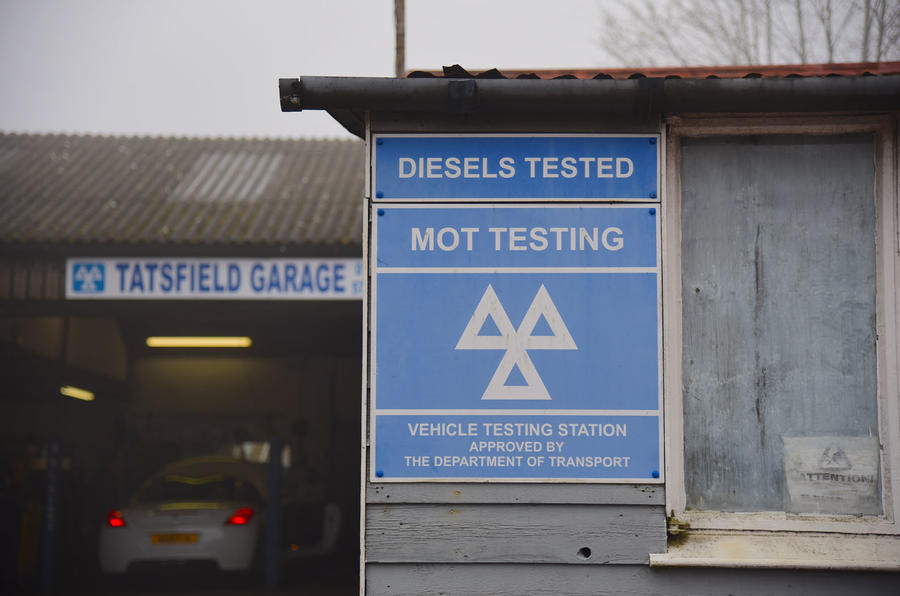
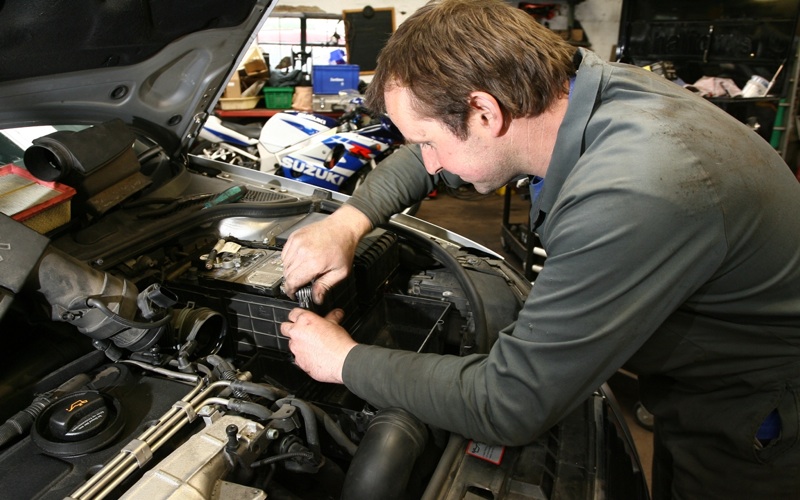

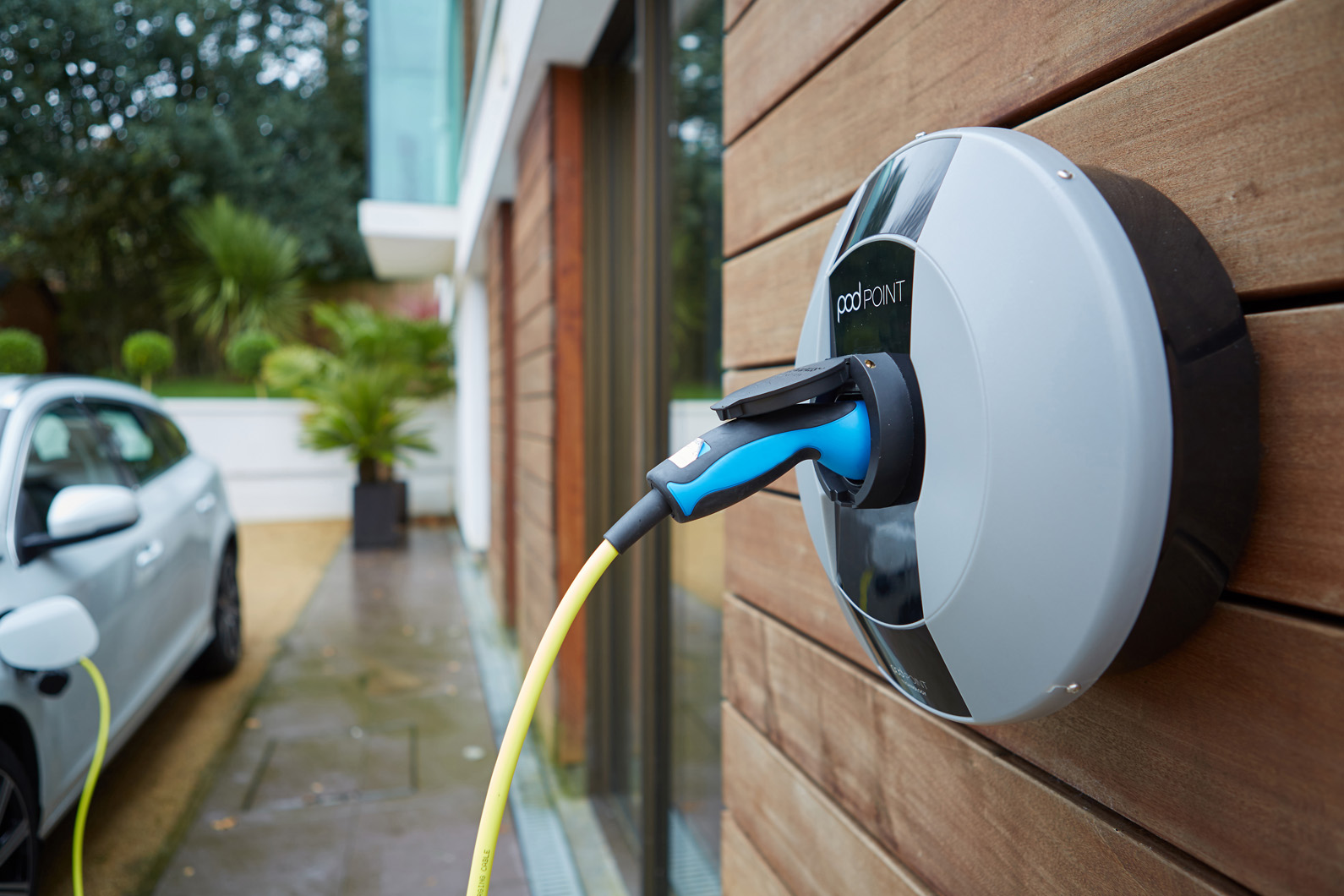






Go to comments